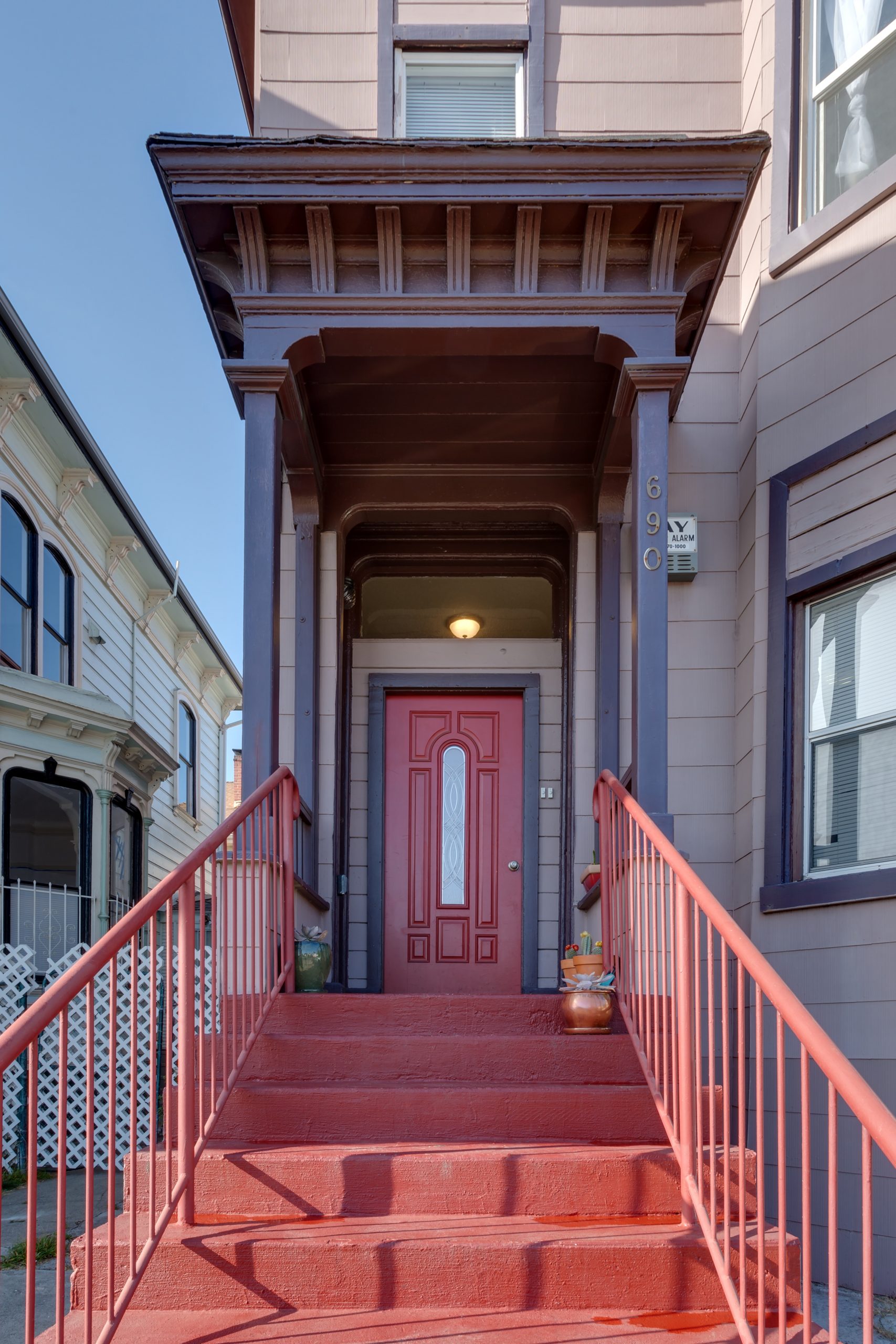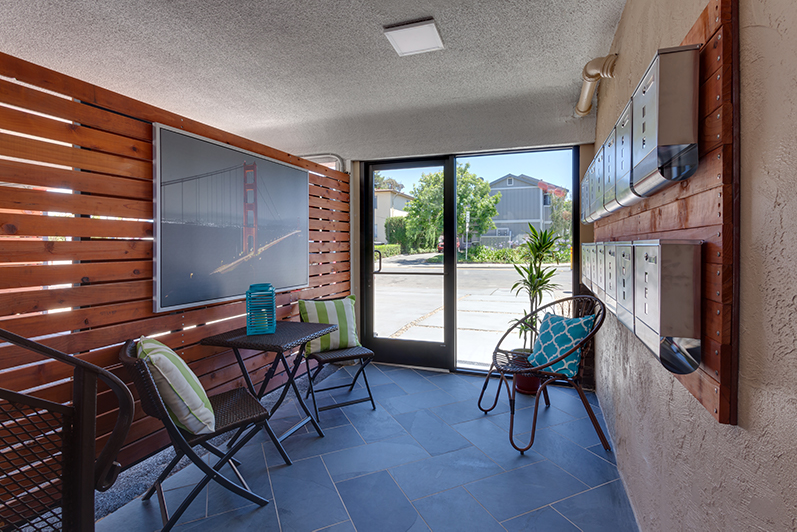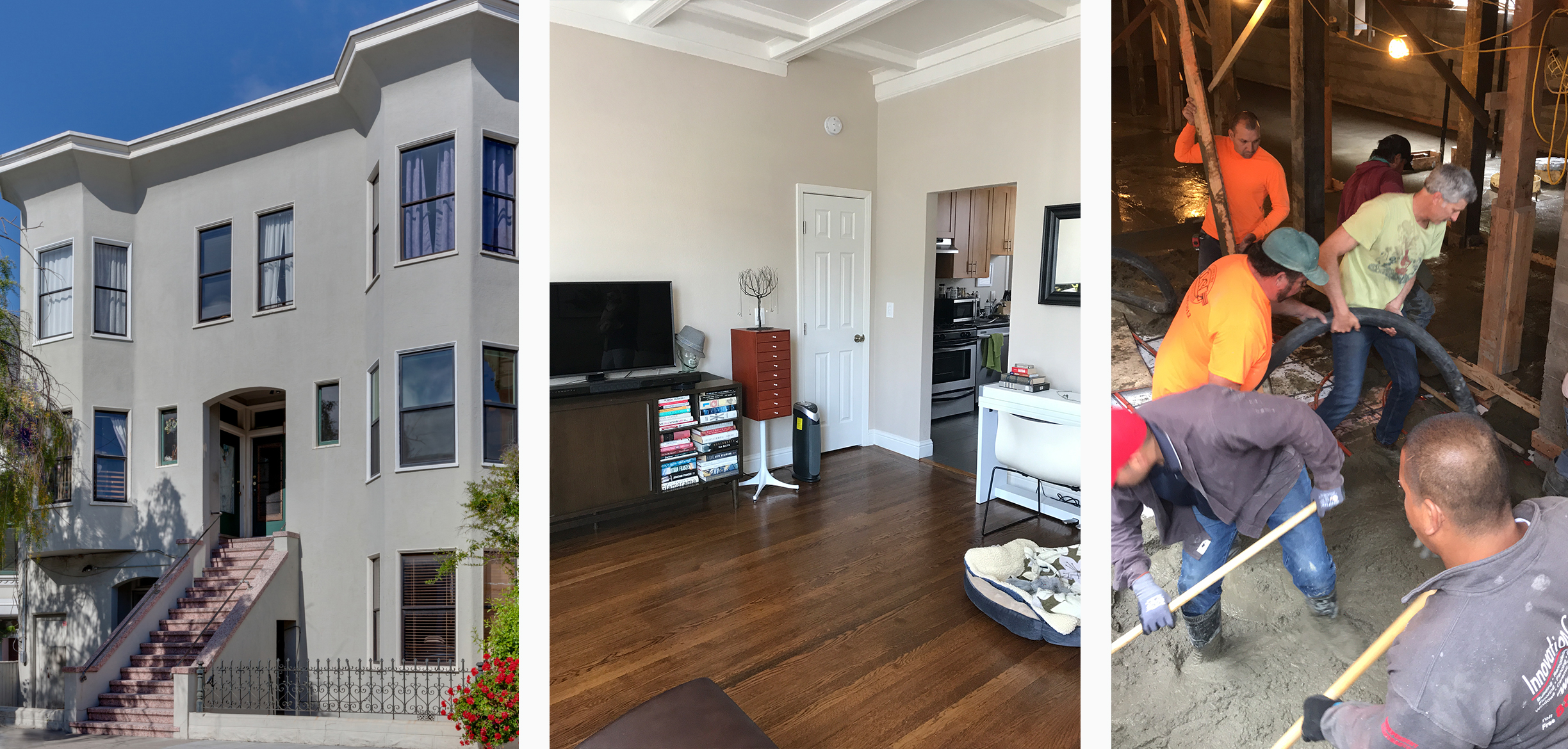Capital Improvements vs Maintenance
Tenants often request that windows or flooring be replaced and expect that this is a routine repair. There is a distinct difference between capital improvements and repairs. Generally speaking, capital improvements can be passed on to tenants, so it is important to communicate with them about the differences before undertaking major jobs that may increase their rent.
Maintenance and repairs are the biggest single costs associated with apartment building ownership. Any typical semi-modern apartment building has literally hundreds of moving parts and wearing out items that require constant upkeep and attention. Maintenance activities can include everything from lightbulb replacements, door closer adjustments cleaning, painting, patching and sanding surfaces, sticky doors and windows, weeding, irrigation repairs, elevator maintenance, sprinkler testing and other generally minor tasks that are performed on a frequent or ongoing basis by a handyman or owner.
And then there are major repairs, replacements, upgrades, new components or systems, that are not routine and require larger outlays of time, effort and expense and bigger companies or experts to install. These are known as capital expenditures, Cap X or capital improvements, they include carpet or floor replacement, new lighting, fencing, security cameras, new windows and doors, new locks and fixtures, landscape projects, pool deck refurbishment, security system upgrades or replacements, intercom systems, exterior painting, laundry room upgrades, stairways or hallways, roof replacement, fire alarm upgrades and many more.
- Know the difference.
Maintenance costs are expenses for routine actions or adjustments to components that keep buildings in their original condition. They are deductible expenses against income. Capital expenditures/improvements are larger investments that increase the efficiency, safety, usefulness of a building, or replace an old item for a new one or add an altogether new component that brings the building up to new standards or codes. Capital improvement expenses are not deductible, they must be added to the cost basis of the property.
- Maintenance and Repairs.
Both routine and preventative maintenance are classified as such if they are performed to restore the asset’s physical condition and/or operation to its “useful life,” serve as an immediate but temporary repair. For example, repairing old wood windows rather than replacing them, repairing a leaking roof rather than replacing it, restoring old floor tiles rather than stripping out the old floor and replacing it entirely, rebuilding old wood fences, resurfacing old tubs or sinks, replacing glass in old fixtures.
- Capital expenditures/improvements.
A capital improvement is performed to boost an asset’s condition beyond its original or current state. Owners undertake capital improvements when they wish to increase an asset’s useful function or service capacity, perform a required extension of “useful life,” enhance the quality of services, reduce future operating costs, or upgrade essential parts of the asset. Examples can include modernizing sprinkler systems, adding intercom systems, installing low voltage lighting, installing new dual pane windows, installing fencing, roofing, siding, flooring, or any other major value-adding improvement.
- Maintenance jobs can turn into capital improvement.
Say, for instance, a roof has a leak, and a roofing company is called to repair it. After an evaluation, the roofing experts determine that the leaky area is beyond repair and, in fact, the entire roof needs to be replaced. While a roof repair would have been considered a maintenance expense, the necessary roof replacement has just become a capital expenditure.
From IRS website
| Capital | Repair |
| Improvements that “put” property in a better operating condition | Improvements that “keep” property in efficient operating condition |
| Restores the property to a “like new” condition | Restores the property to its previous condition |
| Addition of new or replacement components or material sub-components to property | Protects the underlying property through routine maintenance |
| Addition of upgrades or modifications to property | Incidental Repair to property |
| Enhances the value of the property in the nature of a betterment | |
| Extends the useful life of the property | |
| Improves the efficiency of the property | |
| Improves the quality of the property | |
| Increases the strength of the property | |
| Increases the capacity of the property | |
| Ameliorates a material condition or defect | |
| Adapts the property to a new use | |
| Plan of Rehabilitation Doctrine |
This entry was posted in capital expenses, maintenance and repairs, Property Management · Tagged with cost basis, deductible expenses, investing in multi-family real estate




